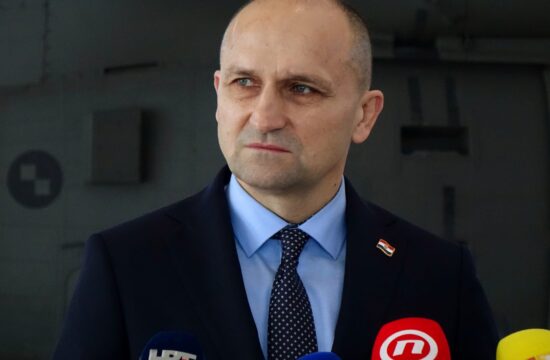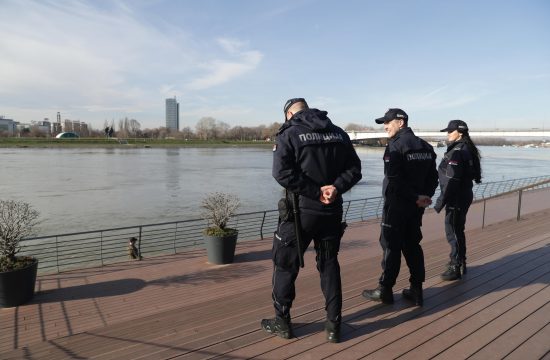
Recent data from the 2021 population census have shown that there were one million pensioners and slightly more than 200,000 students in Croatia, and that the number of economically active persons decreased by 4.5%, but the number of inactive persons decreased by 12.7%.
Out of a total of 3.3 million inhabitants over the age of 15, 1.7 million, or 51.7%, are active, and 1.6 million, or 48.3%, are inactive, the census showed, according to which the share of employed people in the active population is 94.8%, and the unemployed 5.2%.
The share of women in the active population is slightly lower than the share of men and amounts to 48%, while their share in the employed population is 47.9%.
The share of employed persons in the total number of people aged 15 and over is 48.9%.
Number of inhabitants over age of 15 lower by about 313,000
Among the total number of inactive persons, there are one million pensioners (63.5%), among whom 55.5% are women, and there are 202,700, or 12.7%, pupils and students.
Compared to the data from the 2011 census, in the last census, the number of inhabitants aged 15 and over was lower by slightly more than 313,000, while the number of economically active persons decreased by 4.5% and the number of economically inactive persons by 12.7%.
The City of Zagreb has the largest share of employed persons in the number of people over the age of 15, 54.6%, followed by Istria (53.3%), and Varaždin and Zagreb counties (52.1%).
The counties with the lowest share of employed persons are Vukovar-Srijem and Brod-Posavina, with 41.3% each, and Virovitica-Podravina County, with 41.9%, according to data published by the national statistical office (DZS).
Service and trade occupations predominant
In terms of the areas of activity, the largest number of employed persons is in the area of wholesale and retail trade, repair of motor vehicles and motorcycles (15.5%), followed by manufacturing (14.8%) and accommodation and food service activities (8%).
The areas of activity with a large share of employed women are human health and social care activities (80.6%) and education (78.4%), while the activities with the largest share of employed men are construction (89.5%) and mining and quarrying (88.7%).
In terms of occupation, service and trade occupations predominate, with a share of 20.3%, followed by scientists, engineers and experts with 16.4%, and technicians and expert associates, with 16.1%.
There are slightly fewer people employed in crafts and individual production, 11.9%, and the least number of them in military occupations, 0.9%.
According to the data from the 2021 census, the number of citizens of the Republic of Croatia who were born in the country is 3.4 million (87.8%, which is two percentage points more than in the 2011 census), while the number of citizens born abroad is 12.2%, that is, two percentage points fewer than in the 2011 census.





Kakvo je tvoje mišljenje o ovome?
Budi prvi koji će ostaviti komentar!